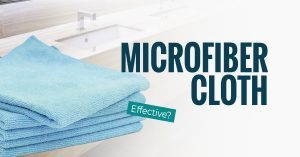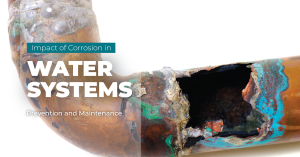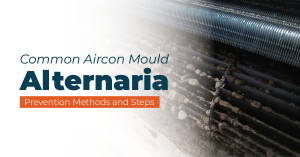
What Are Volatile Organic Compounds (VOC)?
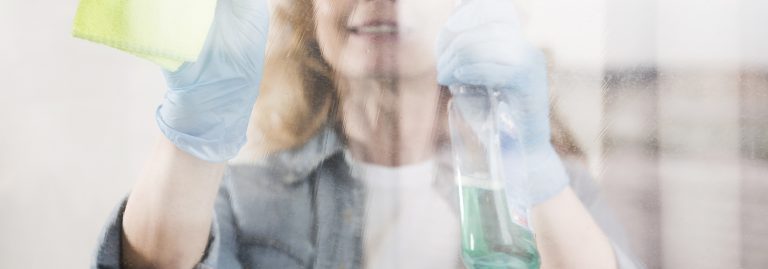
Associated Risks
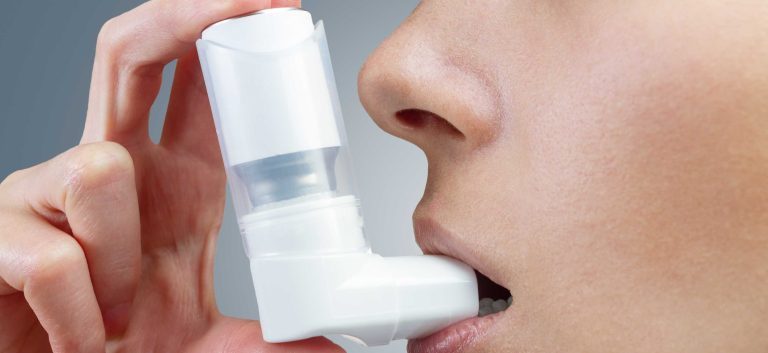
Volatile Organic Compounds (VOC) Effects on the Environment
Health Concerns
Occupational Exposures

Domestic Cleaning
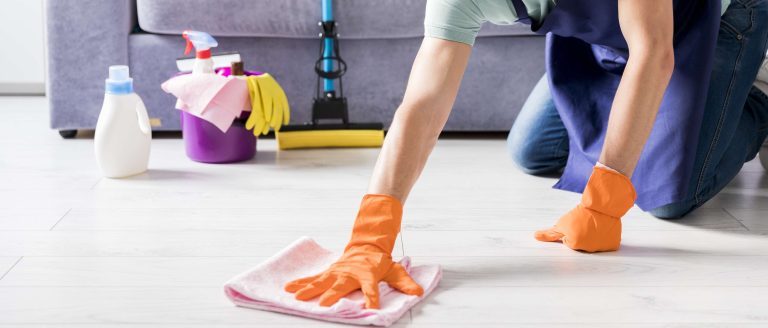
Multiple studies have linked the frequent use of household cleaning sprays and chemicals to adverse health effects. One study associated their high use with increased wheezing (40%), asthma symptoms (50%), and diagnosed asthma (100%). Research suggests that exposure during pregnancy might lead to persistent wheezing in nonallergic children. Long-term use, especially in older women, could decrease heart rate variability, raising cardiovascular risks, particularly in those with existing lung conditions. Additionally, short-term cleaning activities can leave volatile organic compounds (VOCs) and ammonia in the air, potentially exposing others to these chemicals.
Types of Volatile Organic Compounds (VOC)
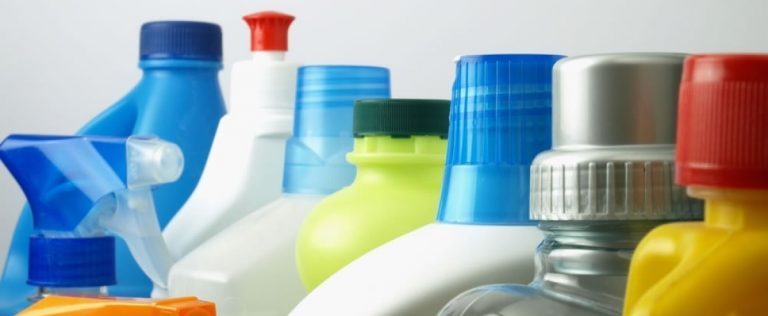
Glycol ethers (2-butoxyethanol)
These are solvents used in many products like paints, cleaning agents, and cosmetics. Exposure to high levels can irritate the eyes, nose, and throat.
Isopropanol
Also known as rubbing alcohol, it’s commonly used as a solvent or disinfectant. Inhalation or ingestion of high concentrations can lead to headaches, dizziness, and even poisoning.
Hydrocarbons (Benzene, Toluene)
Both are aromatic hydrocarbons found in various industrial products. Benzene exposure is associated with an increased risk of leukaemia, while toluene exposure can cause neurological issues and affect the respiratory system.
Chloroform
Historically used as an anaesthetic, it’s now recognised as a carcinogen and can cause damage to the liver and kidneys upon prolonged exposure.
Chlorinates (Carbon Tetrachloride, Tetrachloroethylene)
These were once used in various industrial applications but are now restricted due to their harmful effects. Carbon tetrachloride can damage the liver and central nervous system, while Tetrachloroethylene exposure is linked to neurological issues and potential carcinogenic effects.
Hexaldehyde
This is an aldehyde used in chemical synthesis. Prolonged exposure can lead to irritation of the eyes, nose, and throat.
Terpenes (Limonene)
Found in citrus fruits and used in various cleaning products and fragrances. Although natural, they can react with ozone in the air to form harmful pollutants.
Phthalates (Butyl Benzyl Phthalate, Dibutyl Phthalate)
These are commonly used as plasticisers in various products. Some phthalates are suspected to disrupt the endocrine system and have adverse effects on reproductive health.
Isothiazolinones (Methylisothiazolinone, Methylchloroisothiazolinone, Benzisothiazolinone)
These are preservatives found in personal care and household products. They can cause skin irritation and allergic reactions in some individuals.
Formaldehyde
Used in various industries and products like building materials and household products. Long-term exposure can cause respiratory issues and potentially increase the risk of certain cancers.
1,4-dioxane
Commonly found as a byproduct in personal care and cleaning products. It’s a likely carcinogen and can cause skin, eye, and respiratory irritation.
Reducing Exposure to VOCs

Using "Green" Cleaning Product
Using “green” cleaning products may help reduce exposure to harmful Volatile Organic Compounds (VOC) emissions, potentially lowering the risk of health issues associated with conventional cleaning products. Green products, including cleaning agents and air fresheners, are often marketed as non-toxic with third-party certifications; they come in fragrance and fragrance-free options, aiming to minimise the release of VOC that affect air quality.
A study compared conventional and “green” cleaning products’ emissions of VOCs during household cleaning. Results indicated that while some “green” products emit VOCs, the emissions were generally lower than conventional products. For instance, in the laboratory test, 75% of the highest VOC emissions were from conventional cleaning products. While both conventional and “green” products may emit VOCs, “green” products tend to have lower emissions.
ORAPI RECOMMENDS:
- One-step disinfectant and cleaner.
- Professional formulation recommended for surface cleaning and disinfection in medical, food, industrial, offices, and childcare.
- Reduce viral contaminations.
- Leaves a fresh scent.
- Ideal for everyday cleaning and disinfecting: toilets, rubbish bins, microwaves, working surfaces, countertops, tables, fridges, etc.
- No-rinse.
Fragrance-Free Products
Temkin et al. analysed 30 products, including conventional, “green” with fragrance, and “green” fragrance-free products. They found that conventional products generally had higher concentrations, total emission factors, and numbers of hazardous VOCs than “green” products, especially fragrance-free ones. The study quantified a significant number of VOCs (530 unique) from the tested products, with 193 considered hazardous. It concluded that conventional products generally had greater total VOC concentrations and emission factors than “green” products, particularly fragrance-free ones.
Rely on Products With Third-Party Certifications
Wear Proper Personal Protective Equipment (PPE)
Employees must be provided with high-quality personal protective equipment (PPE), such as fit-tested respirators and coveralls, to safeguard against inhalation, ingestion, and skin contact. In industries with heightened risks, using disposable PPE is particularly beneficial, aiding workers in reducing potential cross-contamination and preventing inadvertent exposure of their family members to volatile compounds. It is essential to consult product labels to access the recommended PPE while using specific products.
Ventilation
Effective management of indoor air quality (IAQ) hinges on proper ventilation and air circulation. Adequate ventilation disperses VOCs by introducing fresh air, especially in enclosed spaces prone to VOC buildup, like industrial settings, specific material residences, or areas with poor airflow. Increasing indoor-outdoor air exchange via mechanical ventilation systems or opening windows and doors is pivotal in reducing VOC concentrations and promoting a healthier indoor environment.
Conclusion: Volatile Organic Compounds (VOC)
In summary, Volatile Organic Compounds (VOCs) present significant health and environmental risks in everyday products. Their mixtures in cleaning agents, paints, and household items contribute to indoor pollution, leading to respiratory issues, neurological effects, and potential carcinogenicity. Adopting ‘green’ fragrance-free products with third-party certifications, ensuring proper ventilation, using adequate personal protective equipment, and adhering to safety standards are pivotal in reducing VOC exposure. Recognising these risks and implementing practical measures are crucial to safeguard human health and promote a cleaner, safer environment for all.










